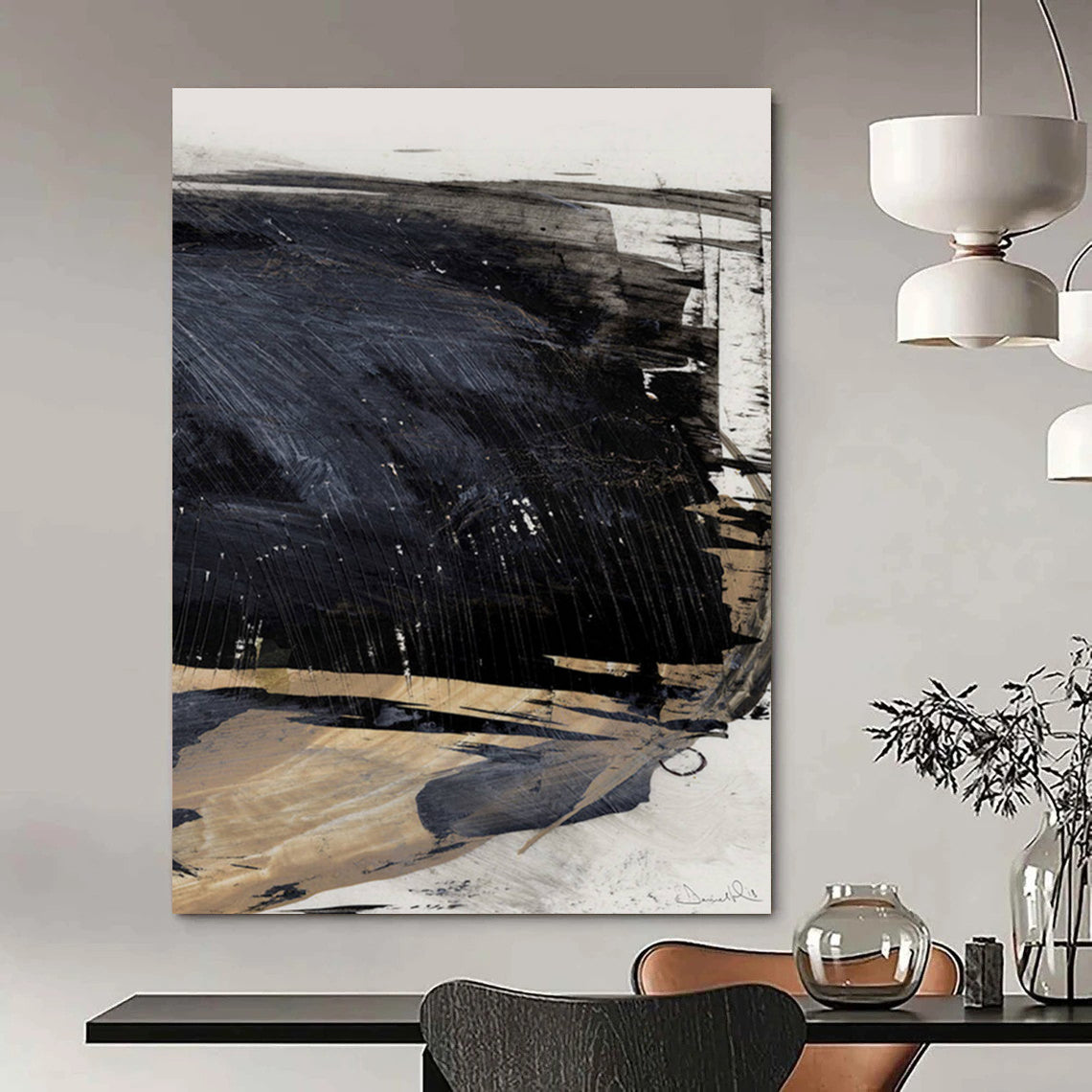An 18th-century portrait thought to have been looted by the Nazis during World War II has once again mysteriously disappeared after it was discovered in a real estate listing for a private home in Argentina. The painting, Portrait of a Lady by Italian Baroque artist Giuseppe Vittore Ghislandi, had been missing for over 80 years before catching the attention of Dutch investigative journalists who traced its unsettling journey to a coastal city in Argentina.
The discovery came through a detailed investigation delving into Nazi-era stolen art from the collection of Jewish art dealer Jacques Goudstikker. The painting's appearance in a real estate advertisement at a villa in Mar del Plata, Argentina, held by descendants of a former Nazi officer, sparked urgent police actions. Authorities swiftly carried out a raid but found the painting missing, leading to an ongoing search and allegations of concealment and smuggling. Federal prosecutor Carlos Martínez confirmed that while the artwork was gone, other historical items and firearms were confiscated during the operation.
This incident highlights a dark chapter in Argentina’s history, a country that served as a refuge for many Nazi fugitives, including prominent figures such as Adolf Eichmann, fleeing justice after World War II. During the government of Juan Perón (1946–1955), Germany's fleeing officials brought with them valuable loot—including precious artworks, gold, and bank assets—many of which remain unaccounted for.

The widely reported connection places the painting in the possession of Friedrich Kadgien, an SS officer and financial advisor to Hermann Göring, who escaped to Argentina after the war. Kadgien was known to have amassed significant looted assets and passed away in Buenos Aires in 1978. Traces of his estate and family properties have surfaced over the years, but attempts to recover lost artworks have been fraught with challenges.
Experts from the Netherlands’ Cultural Heritage Agency confirmed the painting’s identity, noting its provenance and archival documentation linking it to the Goudstikker collection forcibly liquidated by Nazi agents. The reappearance of Portrait of a Lady underscores the complexities of post-war restitution and the ongoing fight to recover stolen art.
Dutch investigative journalists from Algemeen Dagblad (AD) played a crucial role in revealing the painting’s new appearance. Despite repeated attempts to engage Kadgien’s descendants for clarification, engagement proved sparse, with one daughter responding briefly before ceasing communication.
Art historian and recovery expert Arthur Brand described this case as a rare occurrence where an artwork lost to Nazi plunder emerges in such an unexpected manner. Yet, it also serves as a stark reminder of the thousands of invaluable artworks still hidden, often quietly kept in private hands.
Keywords and Anchor Text Links
Readers interested can find more on the rediscovery and ongoing search for this Nazi-looted painting. Learn about the broader history of Nazi art theft and the crucial post-war restitution efforts. For insight on Argentina’s role as a postwar Nazi refuge and what it means for cultural heritage recovery, see related investigative reports.
Suggested Image Sources
-
Archival image of Giuseppe Vittore Ghislandi’s Portrait of a Lady (Netherlands Cultural Heritage Agency).
-
Photographs of the Mar del Plata villa where the painting was last seen (Property listing photos).
-
Historic images of Jacques Goudstikker’s looted art collection pre-war (Museum archives).
-
Photographs from the recent Argentine police raid (News agency coverage).
Frequently Asked Questions (FAQ)
Q1: What is the significance of Portrait of a Lady?
A1: It is an 18th-century Italian Baroque portrait believed stolen by the Nazis from Jewish dealer Jacques Goudstikker and part of a collection forcibly taken during WWII.
Q2: How was the painting rediscovered recently?
A2: Dutch journalists found the painting featured in a real estate advertisement in Argentina, leading to police raids and investigation.
Q3: Why is the painting missing after the police raid?
A3: Authorities suspect it was deliberately removed following media exposure to avoid seizure, reflecting ongoing concealment efforts.
Q4: Who owned the painting after the war?
A4: Friedrich Kadgien, an SS officer close to Hermann Göring, reportedly took it to Argentina, where it had remained in family possession.
Q5: What broader issues does this case highlight?
A5: It underscores the challenges of recovering Nazi-looted art, Argentina’s historical role as a Nazi haven, and the continuing fight for cultural restitution.
This case sheds light on the unfinished work of justice and repatriation regarding Nazi-looted art and the desperate need for international cooperation to uncover and return stolen cultural heritage.

